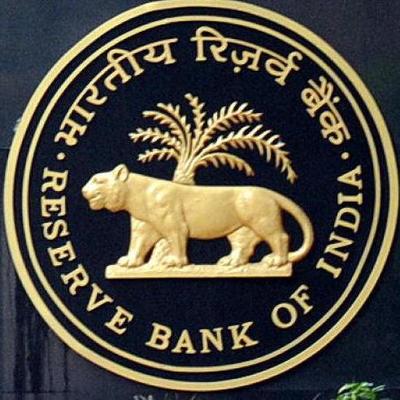(ATF) In yet another effort to talk down inflation and long-term interest rates, India’s central bank, the Reserve Bank of India used its newfound Operation Twist (OT) today to suck out a bit of excess government paper from the local bond markets.
But while the puny $1.3bn that this open market operation (OMO) absorbed – managing only to soften the yield on the 10-year old G-Sec bonds by four basis points (bps) – the central bank may have to use a lot more of its firepower to cool the market, said experts.
The RBI announced two days back that it had decided to conduct simultaneous purchase and sale of government securities under OMO for an aggregate amount of $2.6bn in two tranches of $1.3bn each on August 27 and September 3.
The market hoped that the OMO, by replacing the higher-yield, long-term bonds with shorter-term bonds offering almost half the coupons, would effectively enable RBI to bring down the yield on the 10-year G-Sec by at least 13 bps. That would have helped soften the economy’s interest rates too.
“But while the market was hoping that RBI today would buy more of the older higher-yield bonds, it chose to buy the more recent bonds with lower yields. Hence, the operation today managed to bring down the benchmark yield by a mere 4bps,” a fixed-income fund manager with a leading mutual fund told ATF, on request of anonymity since he is not authorised to comment.
Reportedly, the central bank had said it’ll buy government securities including those at 6.18%, 8.24%, 5.79% and 7.95%, which will mature on November 4, 2024, February 15, 2027, May 11, 2030, and August 28, 2032, respectively.
The fund manager, however, did not reveal which “older” bonds RBI chose not to buy today.
A new tool
The term Operation Twist is RBI’s version of an unconventional measure adopted first by the US Federal Reserve in 2011 to boost economic growth after getting hit by the global financial crisis.
A fall in long-term bond yield benefits long-term borrowers because it brings down the cost of borrowing. The interest rate in an economy is determined by yields. Thus, lower long-term interest rates mean borrowers can avail long-term loans (such as buying houses, cars or financing projects) at lower rates.
This also results in a dip in the expected returns from long-term savings because it tilts the balance from saving towards spending. Hence, cheaper retail loans can help encourage consumption spending, which is the largest GDP component in the economy.
Lenders now are forced to price their retail loans at higher rates owing to the high yields on long-term government borrowings.
Excess supply of LT bonds
According to bond market experts, the yield curve and hence borrowing rates in the Indian economy, shot up considerably following the pandemic and the subsequent surge of economic stimulus announced by the Indian government, which led to a huge borrowing programme.
For instance, India’s fiscal deficit touched a record $88.5bn in the April-June quarter, 83.2% of the target for the whole of the current fiscal year, reflecting the impact of the coronavirus pandemic on tax collections as the government front-loaded its spending.
“That spurt in fiscal deficit has forced the government to borrow much more, and thus, has swamped the market with new paper. The Indian government , for instance, now targets to sell $160bn of bonds in the fiscal year ending March 2021, compared to the pre-pandemic target of $104bn,” said the fund manager.
“The possibility of a sudden increase in supply of G-Secs has obviously weakened investors’ appetite for long-term bonds,” he added.
More firepower required
The oversupply of paper is one of the reasons why the RBI has been unable, so far, to soften interest rates, say experts.
“In fact, the RBI has been trying to soften interest rates in the economy for almost a year. But despite slashing rates by 250 bps since September last year, the central bank’s efforts have not been fully effective because the lending institutions were unable to pass on those rate cuts to borrowers,” says Kumaresh Ramakrishnan, CIO, Fixed Income, PGIM India.
But that’s also partly because, over the past few months, the economy has been hit by inflation, spurred by supply-side constraints and increasing prices of food grains, oil, and other agricultural commodities, experts add.
Clearly, the RBI has to do more.
“While the OT would certainly send out a clear signal that RBI is not comfortable with the rising long-term yields, I think the size of the OT (at $2.6bn) may not be adequate enough to achieve the desired objectives,” Neeraj Gambhir, Group Executive and head of treasury at Axis Bank told ATF. “I foresee RBI to announce additional measures to ensure that yields soften further.”
These, according to him, could be more OTs in the future, outright purchase of long-term bonds, and changes in regulatory policies that allow banks to buy and hold more government-issued papers.
- With additional reporting by Business Today
























